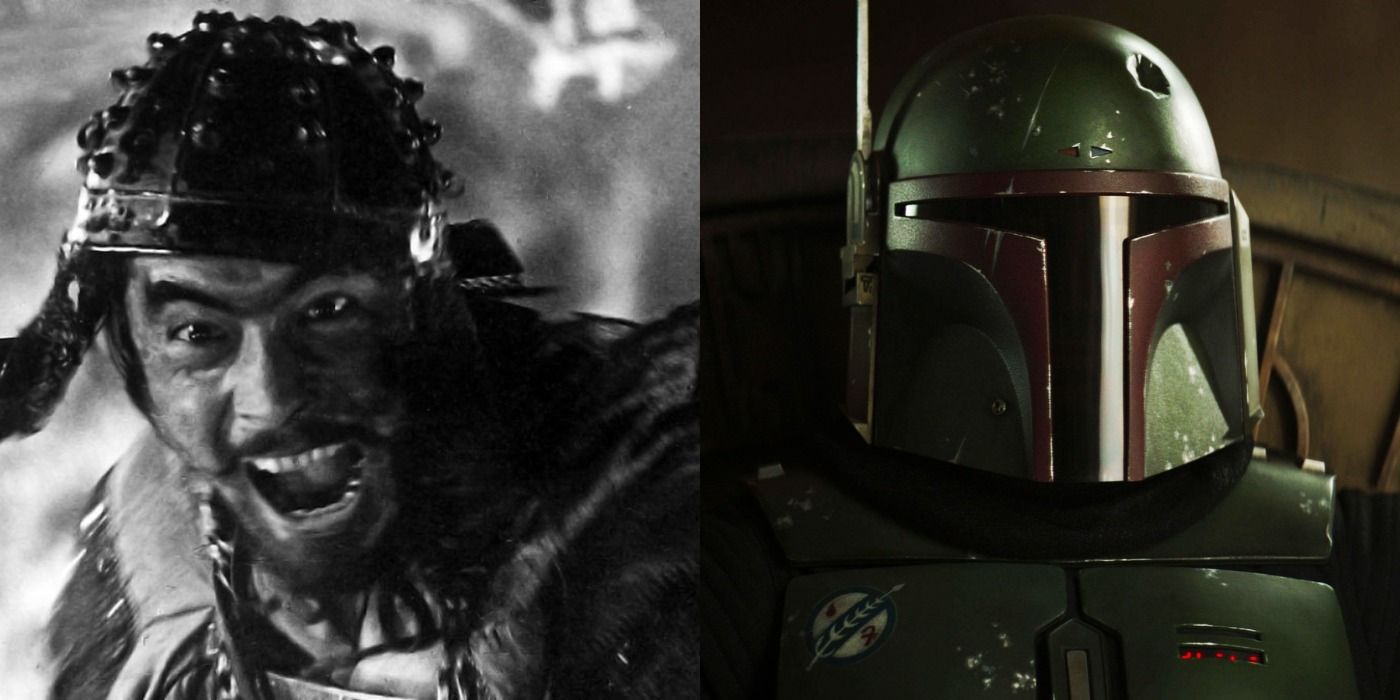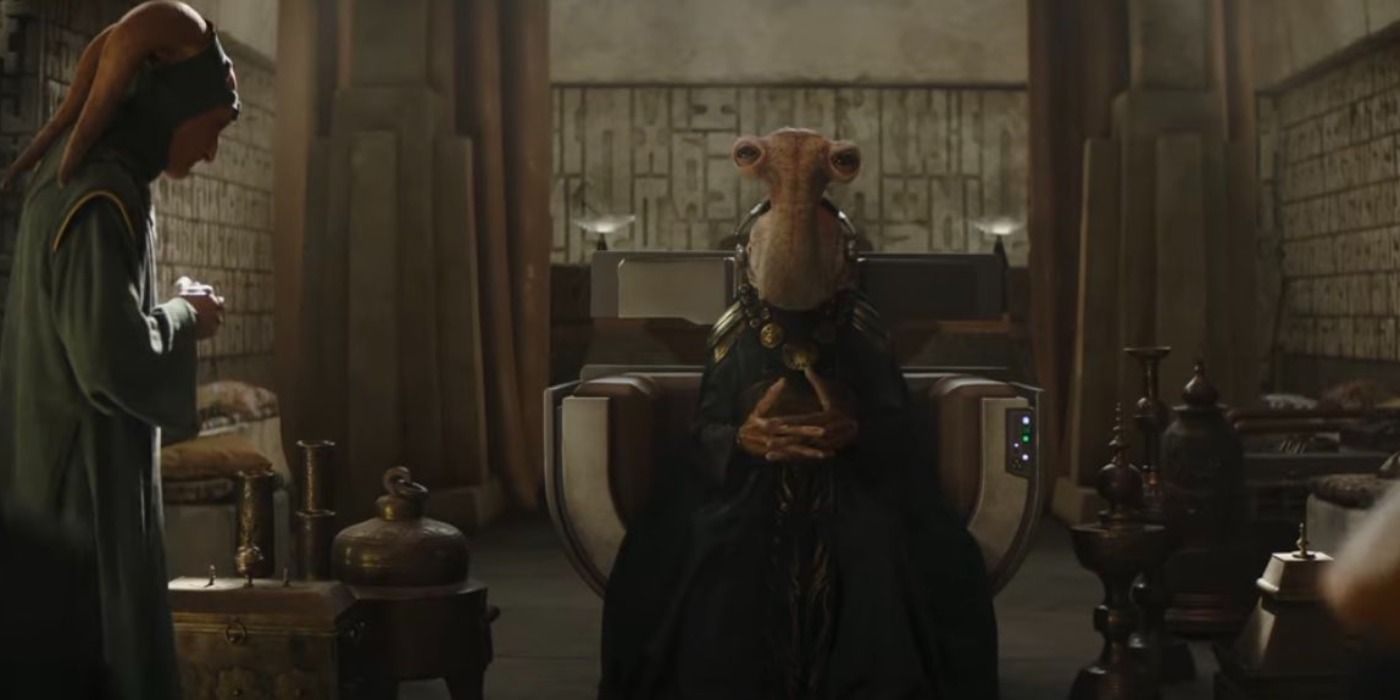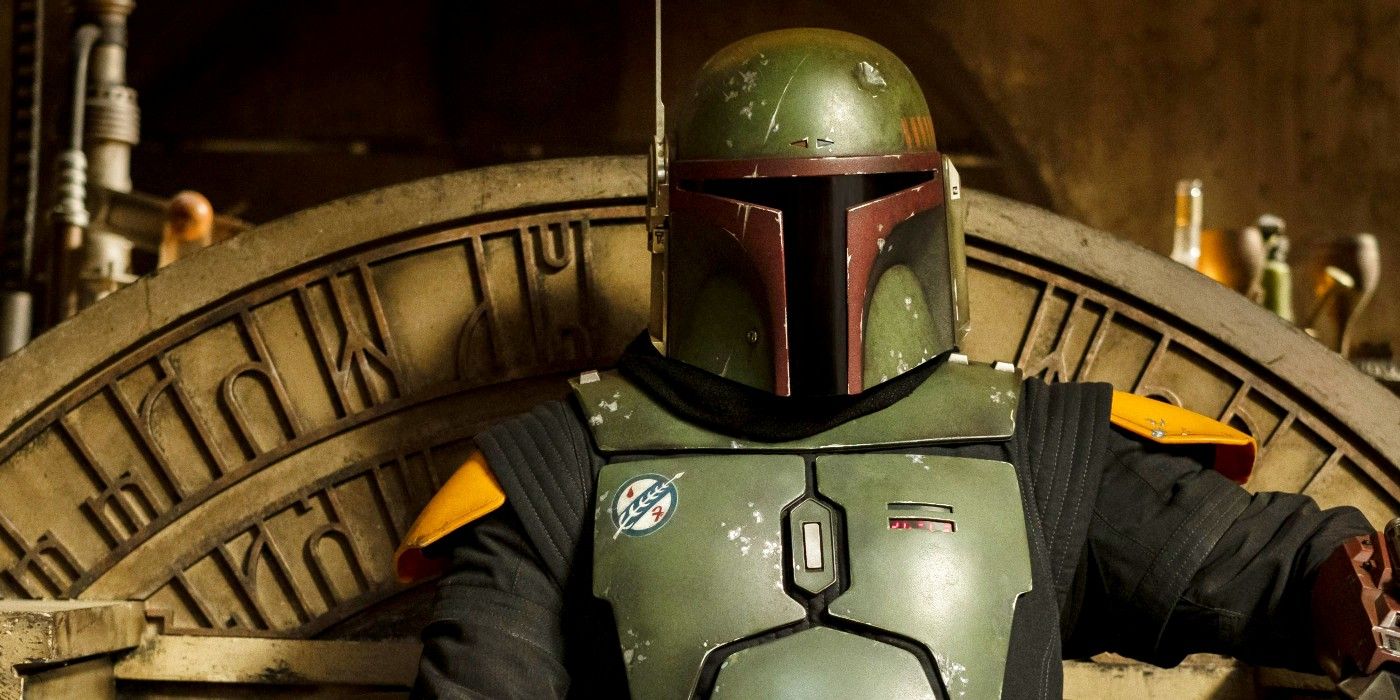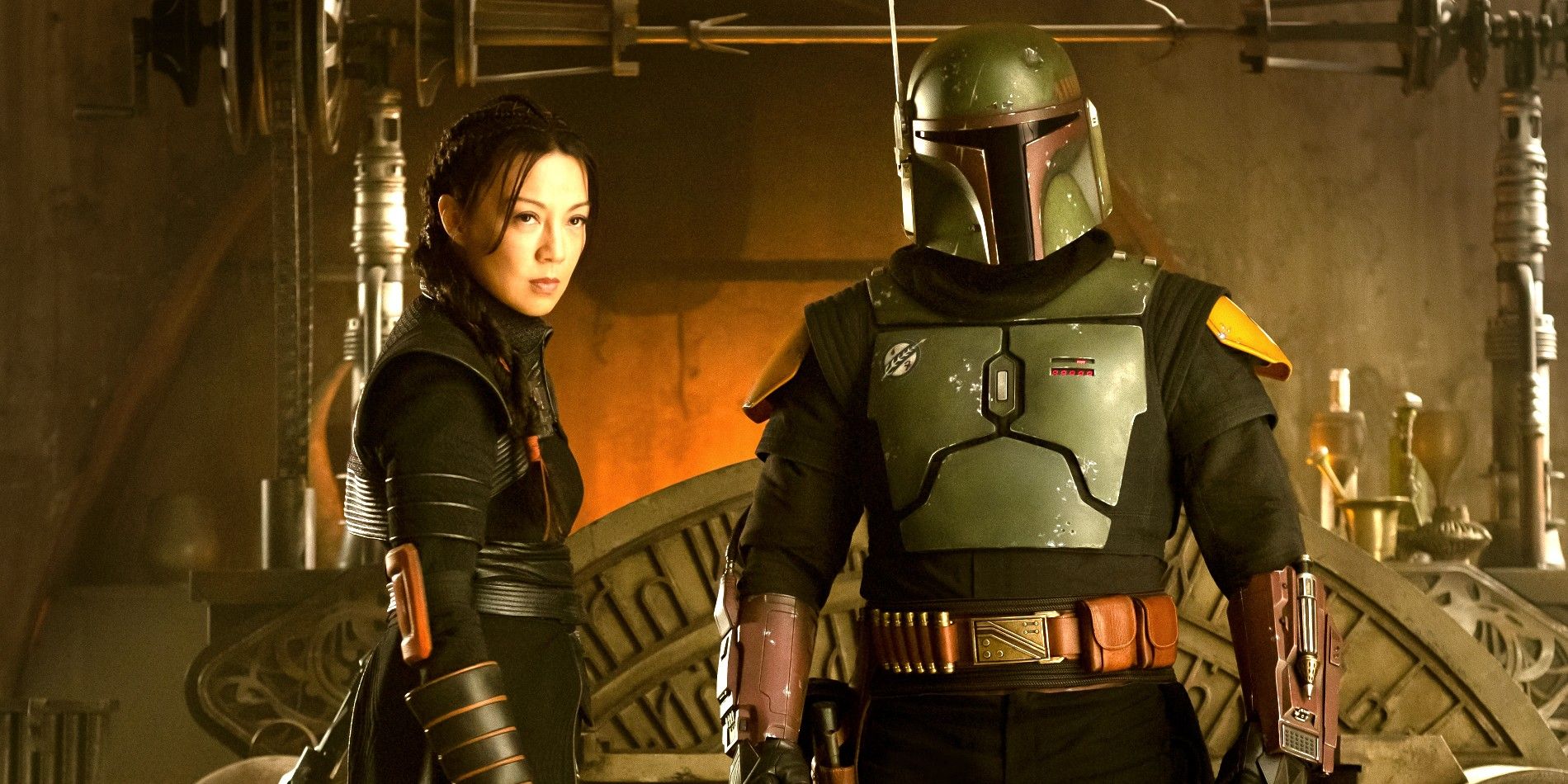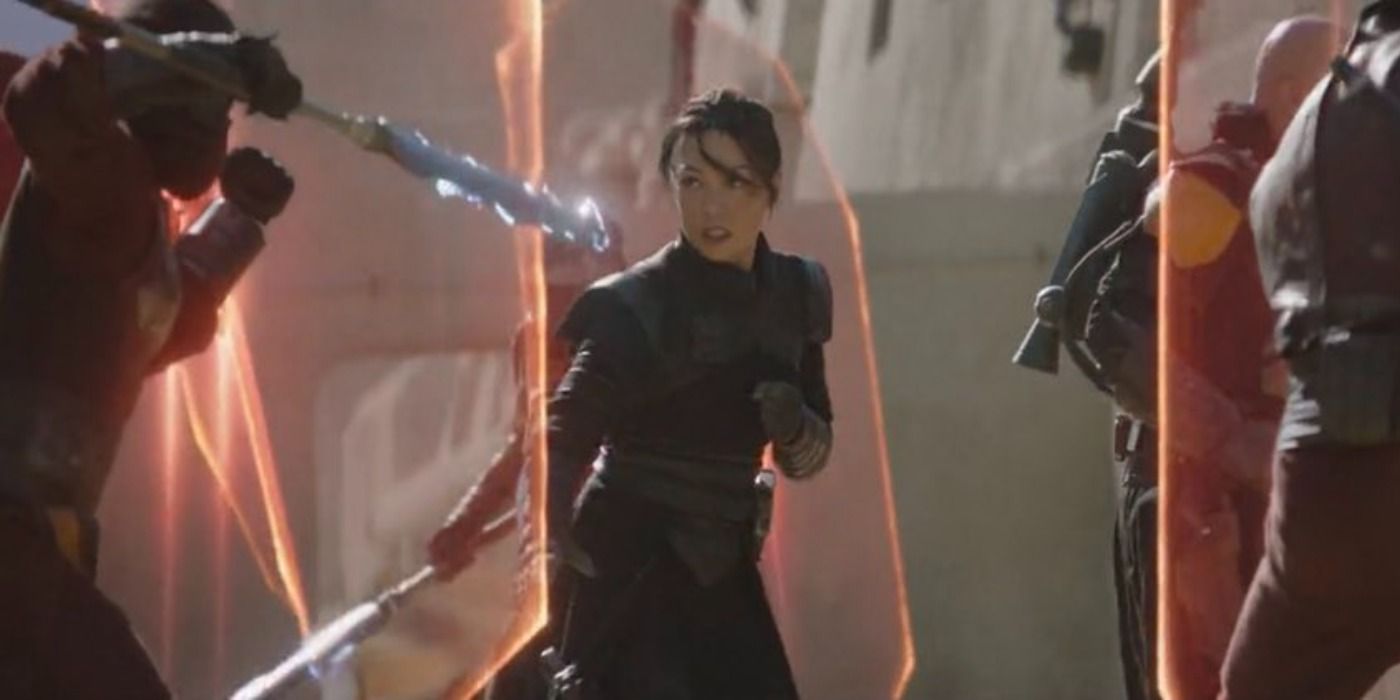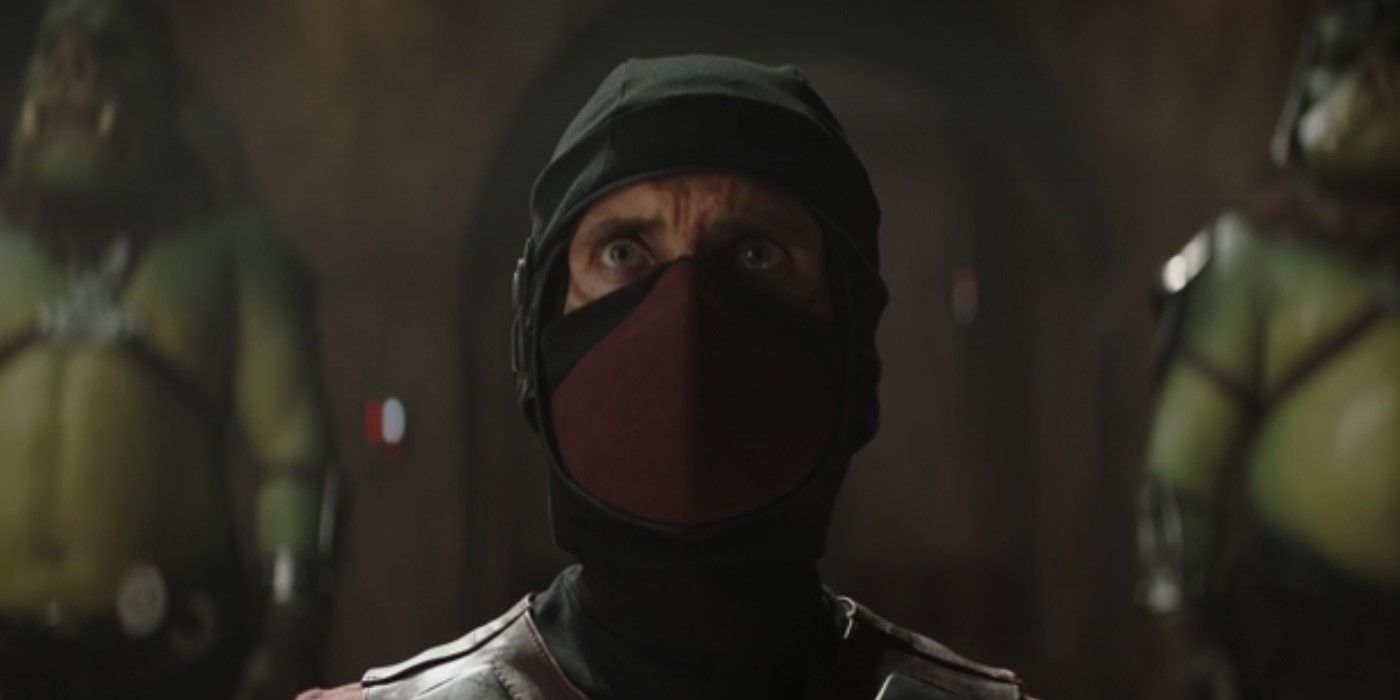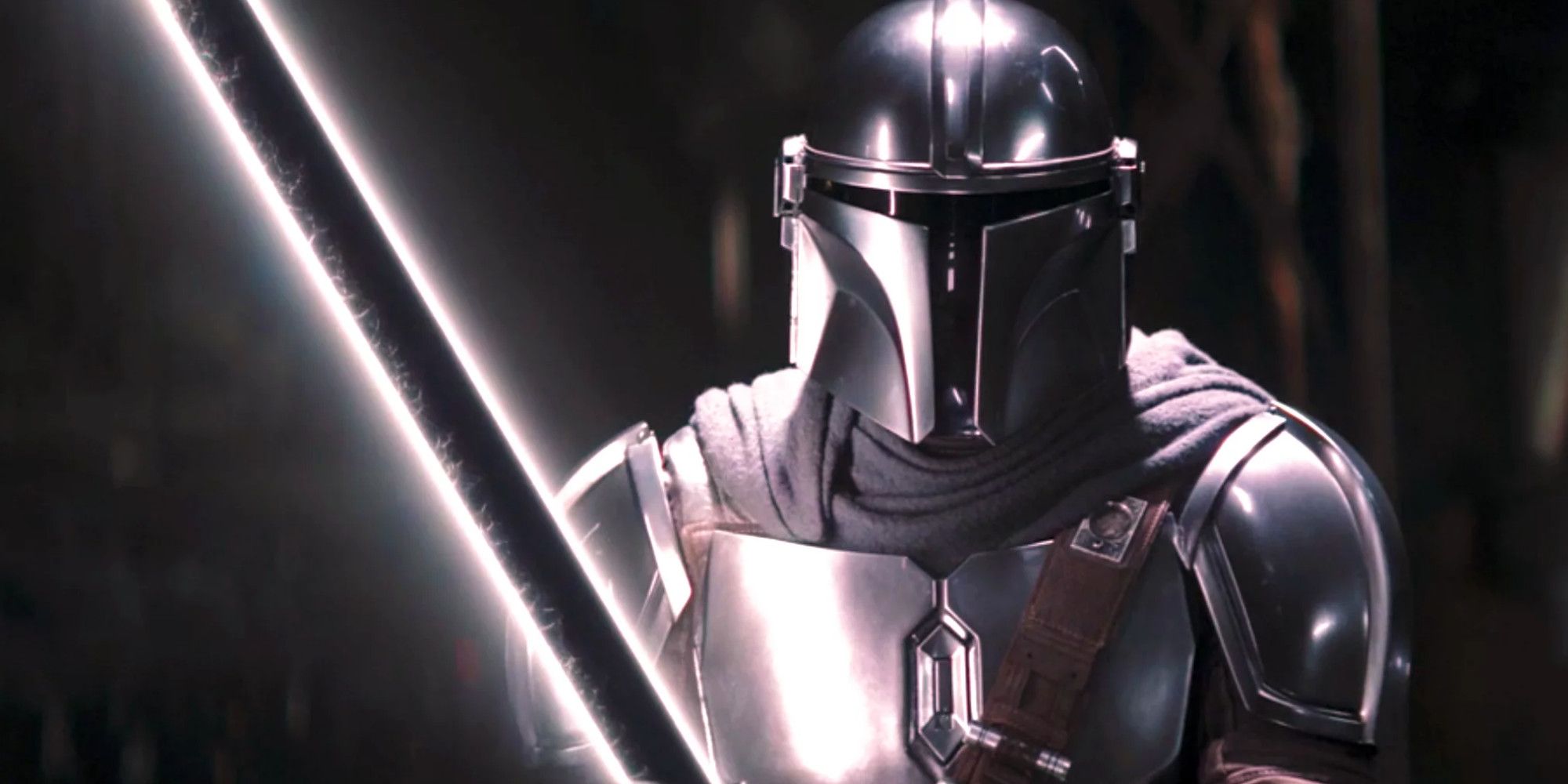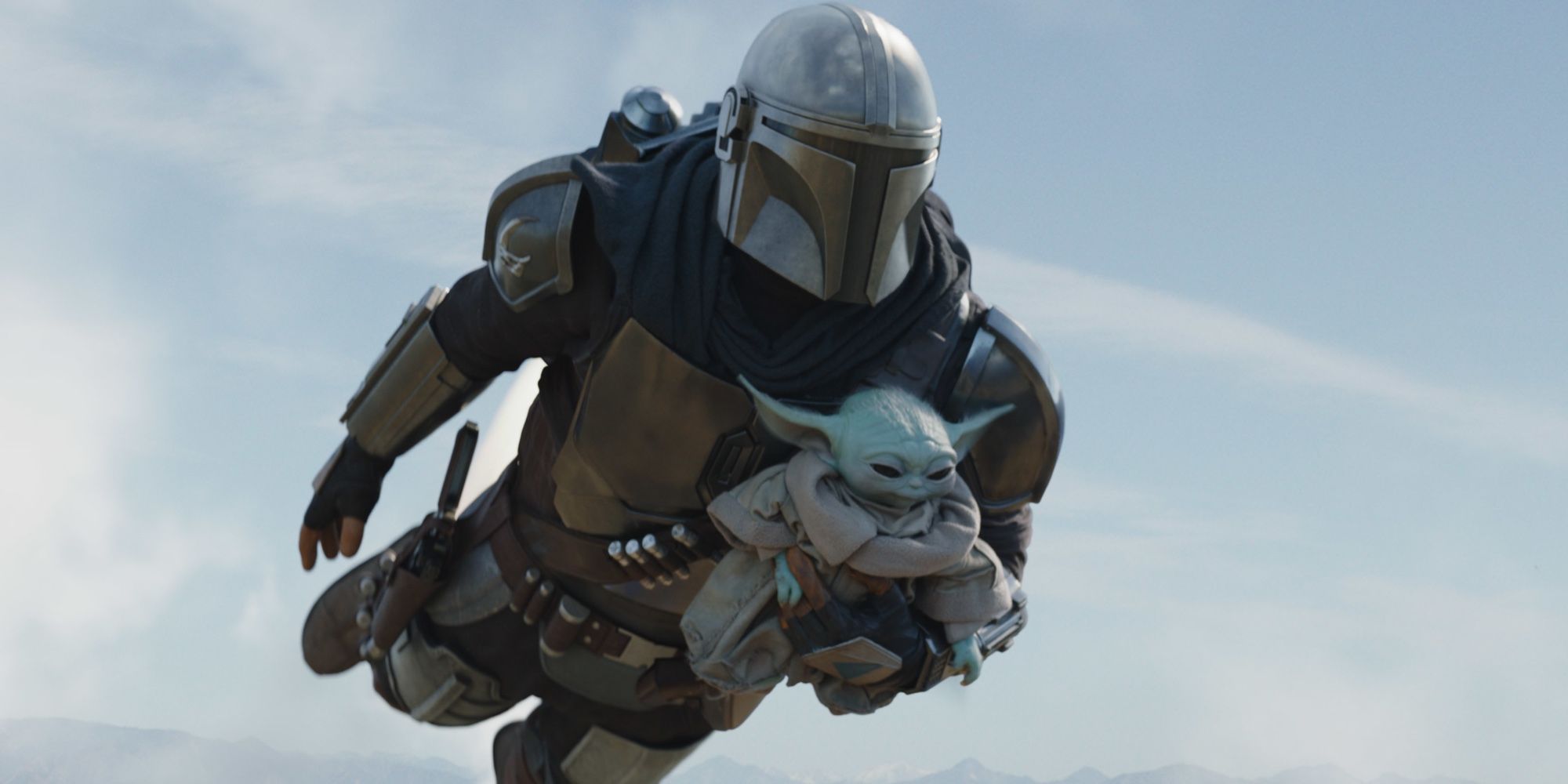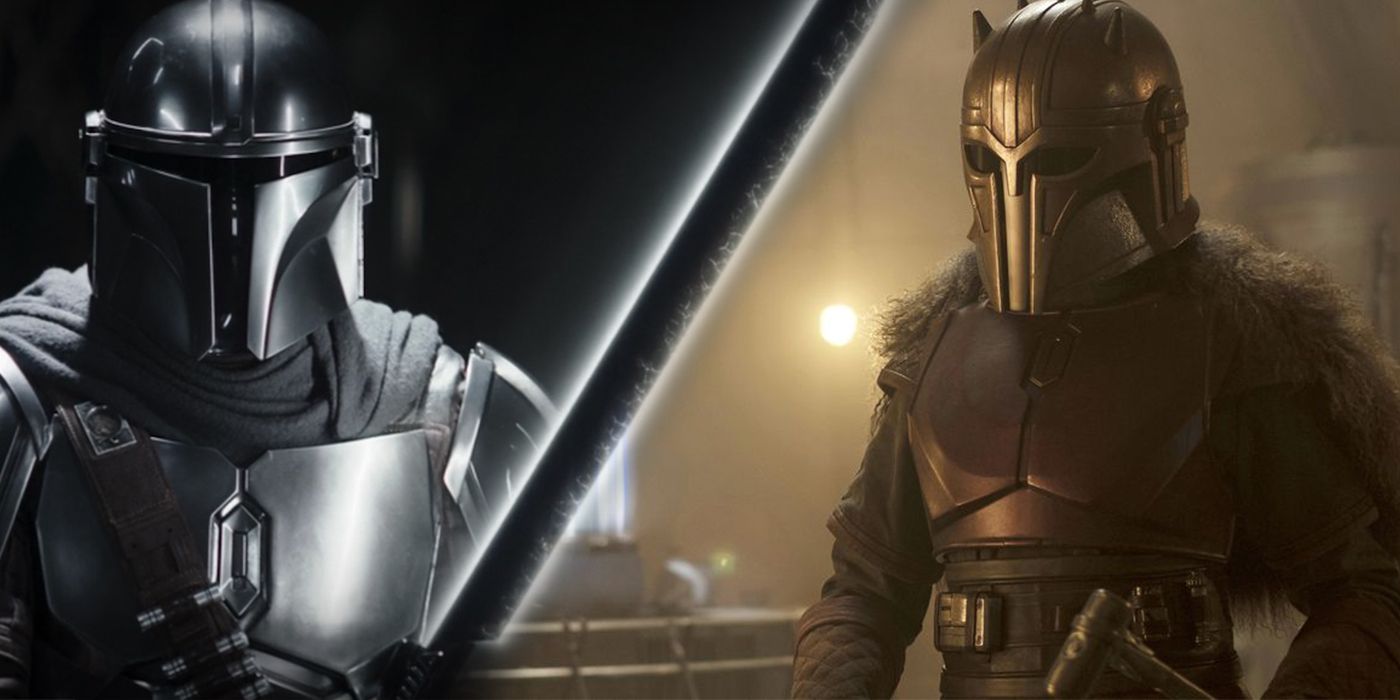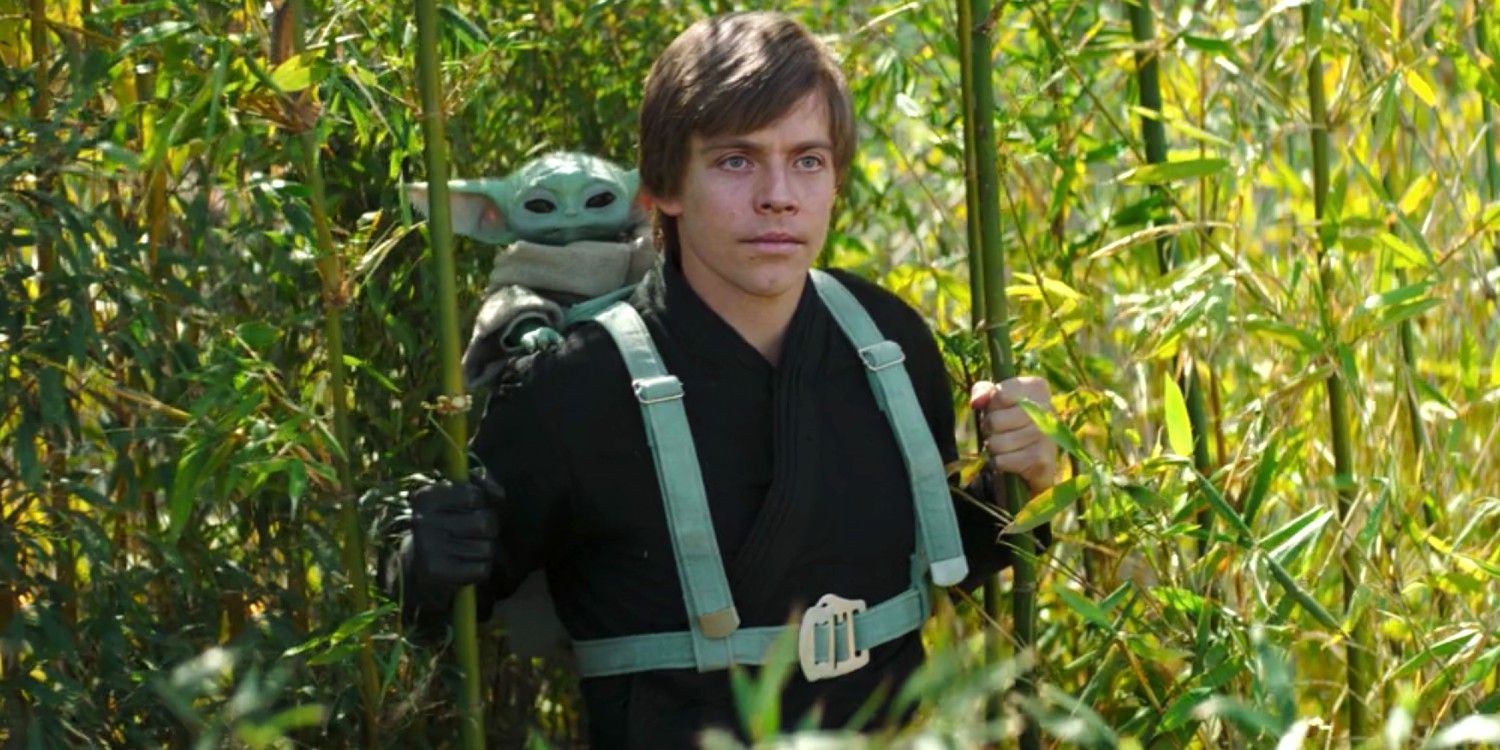The elaborate space opera that is the Star Wars saga draws its inspiration from a well of many sources, and that can also be said for the extended universe as well. While George Lucas's original trilogy took heavy influence from martial-arts films and sci-fi serials like Flash Gordon, The Book of Boba Fett has proven to possess a few solid samurai-movie qualities.
From the robes and codes of honor to the various forms of armor and combat, the series wears its influence well on its sleeves. Even the bits and pieces left over from The Mandalorian have their own obvious influences to add to the mix.
Obvious Asian-Inspired Attire
Getting the more obvious factors out of the way, the use of robes in this spinoff series as a symbol of status, station, or power. When not clad in their full karuta, many famous depictions of samurai show them distinguishingly clad in elaborate robes, kimonos, or hakama, and it seems like many characters of the show have adopted the practice.
Boba Fett, Luke Skywalker, and even the leaders of the crime families on Mos Espa don robes and attire similar to those seen in Japanese samurai culture and films such as those of Akira Kurosawa. While they might lack the accompanying katana, the influence is heavily felt nevertheless.
Boba Is Referred To As A Daimyo
Taking things to a more literal level, Boba Fett is granted the title of Daimyo in the first episode after taking his place on Jabba's throne. Daimyo is a samurai title that translates to "great lord," and it can easily be said that Boba fits that description with on-point accuracy.
Dozens of samurai movies from Ran to 13 Assassins feature a Daimyo of some form involved in the plot, whether as a character involved in the action or a figure of authority. Acting as agents of the Shogun, they were just under the highest-ranking warriors.
Boba Is More Of A Shogun
While he's called the Daimyo of Mos Espa, Boba Fett has much more in common with a Japanese shogun than anything else. In both terms of power and appearance, the famous bounty hunter has climbed a long way since pulling himself from the bowels of the Sarlaac Pit.
In many historical depictions, including Shogun from 1980, the shogun is often depicted as a mighty warrior clad in intimidating black robes. Of course, one of Fett's most noticeable upgrades since his return to the Star Wars universe was the addition of his black robes presented to him by the Tusken Raiders. Clearly, this is meant to represent his new seat of power.
Familiar Fight Choreography
Anyone familiar with Kurosawa's movies can identify some seriously stellar fight scenes. There was always a sort of balletic or dance-like nature to the swinging and clashing of swords. Every move was with purpose and every strike was meant to make a devastating blow. Even when combatants were outnumbered, the protagonists all dealt with them with a hard-hitting style.
Compare the throwdowns with Fett, Shand, and the assassins, or the way Black Krrsantan goes all-in against multiple enemies to some of the outnumbered fight scenes from Seven Samurai or Throne of Blood. The similarities, while different in style and setting, are definitely noticeable.
Fett And Shand Fight Ninjas
It's easy to accept that cowboys, wizards, and samurai all exist in the galaxy far, far away, so it should come as no surprise that ninjas make an appearance as well. While it might be easy to call them a trope or cliche of Japanese cinema, there's no denying the strong influence ninja movies had on the assassins.
With their masks, dark attire, and distinct fighting style, there's no denying that the Order of the Night Wind is the Star Wars answer to ninja orders seen in films like The Third Ninja. They might toe the line on cliche, but they are certainly an entertaining (if brief) addition.
Blades Are Symbols of Power And Authority
While this trope isn't strictly bound to samurai movies alone, the use of swords as symbols is very prominent throughout the galaxy, not just this spinoff. A true samurai warrior wouldn't be caught dead without his weapon of choice. It doesn't matter if it's an epic like Throne of Blood or something as over-the-top as Kill Bill, blades are the tools of the trade.
While Boba himself is much better with his Gaffi Stick, the saga of the Darksaber is a prominent B-Plot of the series. As if to further establish its samurai influence and inspiration, the saber itself even looks more like a katana than a traditional lightsaber.
The Structure Is Similar To Seven Samurai
Although it's not the first Star Wars project to take from Kurosawa's Seven Samurai, the plot against the Pyke Syndicate has some definite similarities with that of the band of warriors fighting against a horde of bandits in the 1954 epic.
It's used more of a framing device than the show's actual identity, but the premise of a group of individuals calling on a number of different warriors to defend a community against an encroaching enemy is the exact same structure of the Kurosawa film. Exchange farmlands with Mos Espa and bandits with Pykes and droids and it's essentially the same narrative.
Din Djarin And Grogu Are Lone Wolf And Cub
While this could more accurately be said for The Mandalorian, the comparison between Din Djarin and Grogu with Ogami Itto and his son from the iconic Lone Wolf and Cub series of novels and movies is obvious. A lone warrior who travels with a small child throughout his various journeys and dangerous adventures certainly sounds like a familiar plot.
Widely seen as a heavily influential samurai story arc, it's no wonder Favreau and Filoni incorporated it into their own chapters of the Star Wars saga. Just as Lucas drew from Kurosawa, so did they from this epic series.
Two Sets Of Warriors Adhere To A Sacred Code
Whether it's The Way of the Mandalorians or the path of the Jedi Order, both clearly have connections to the samurai code of Bushido, and there are several films like Yojimbo and Harakiri that stand as examples of its prominence.
A code of respect, morality, honor, benevolence, loyalty, honesty, and bravery certainly sounds like something either class of warrior would follow. There's no denying that the Mandalorians have a firmer grasp on it than their Jedi rivals, but both groups identify themselves by adhering to their codes of ethics.
The Jedi Themselves Are Samurai Stand-Ins
Completing the circle set forth by George Lucas, viewers only have to watch the training montage with Luke Skywalker and Grogu to pick up on the classic samurai imagery in the series. From his black, shogun-looking robes to the way he trains with his lightsaber in the forest like a character from Throne of Blood, Luke has definitely done nothing to hide his influences and inspiration.
There's no denying that the scene on the verdant planet was greatly inspired by the training sequences seen in many classic action movies, such as Luke's own on Dagobah. Simply put, it's merely one of the cherries atop the fanservice sundae for Grogu's story arc.

